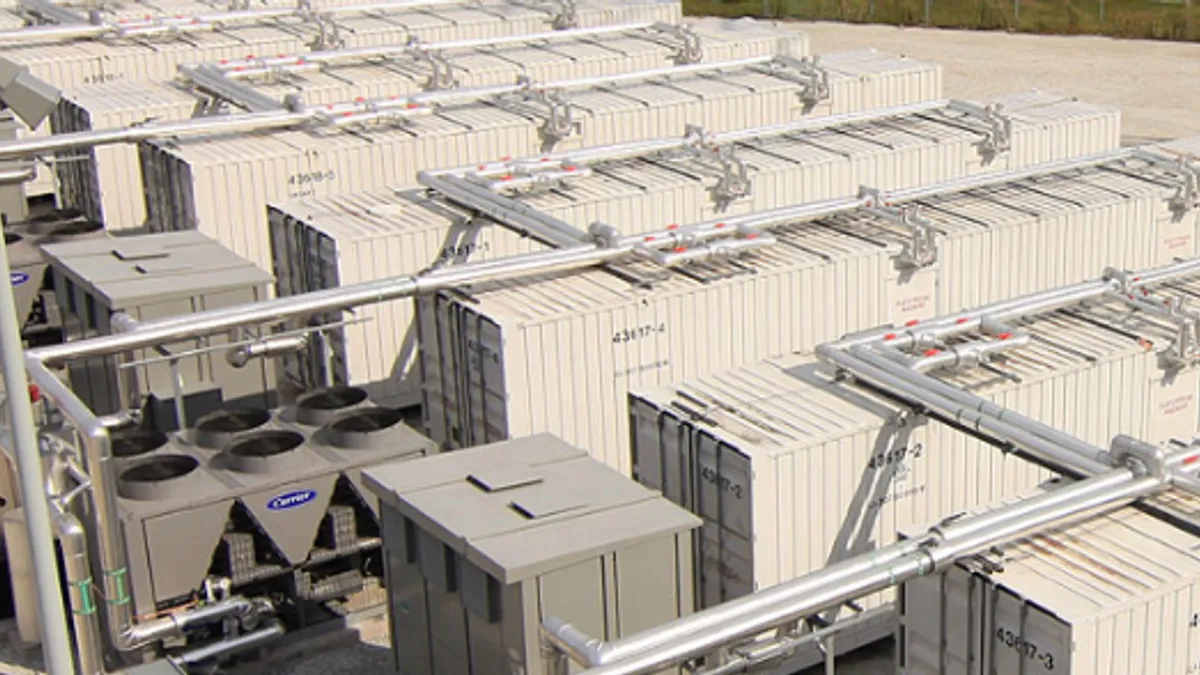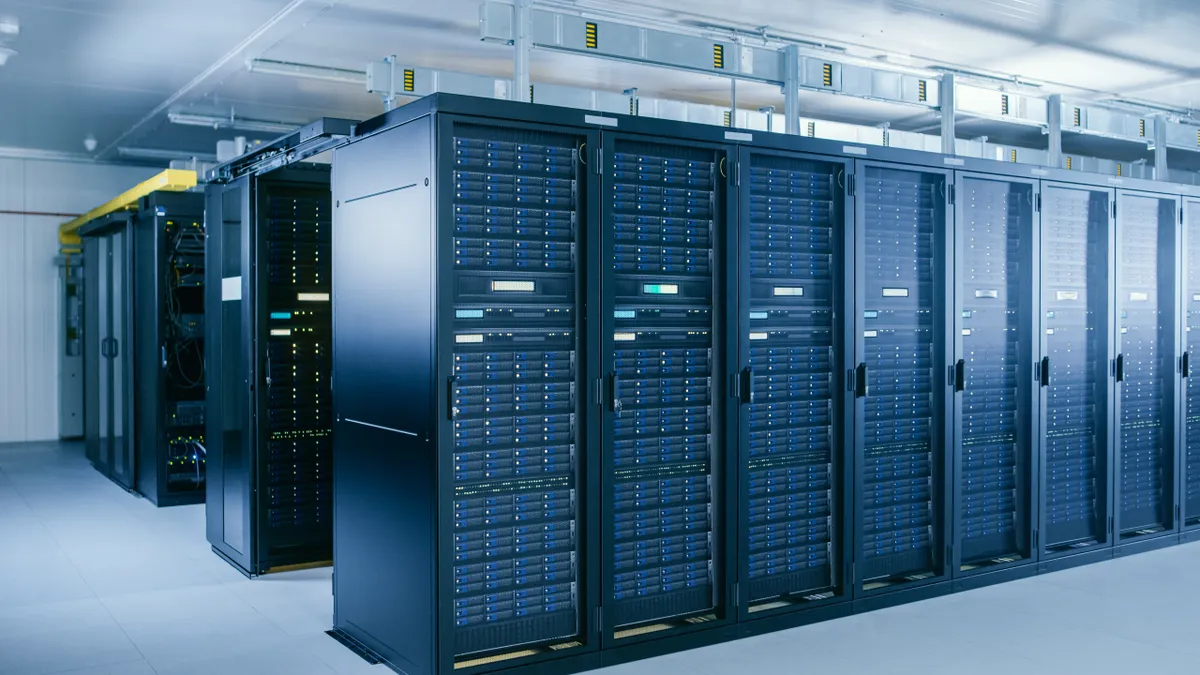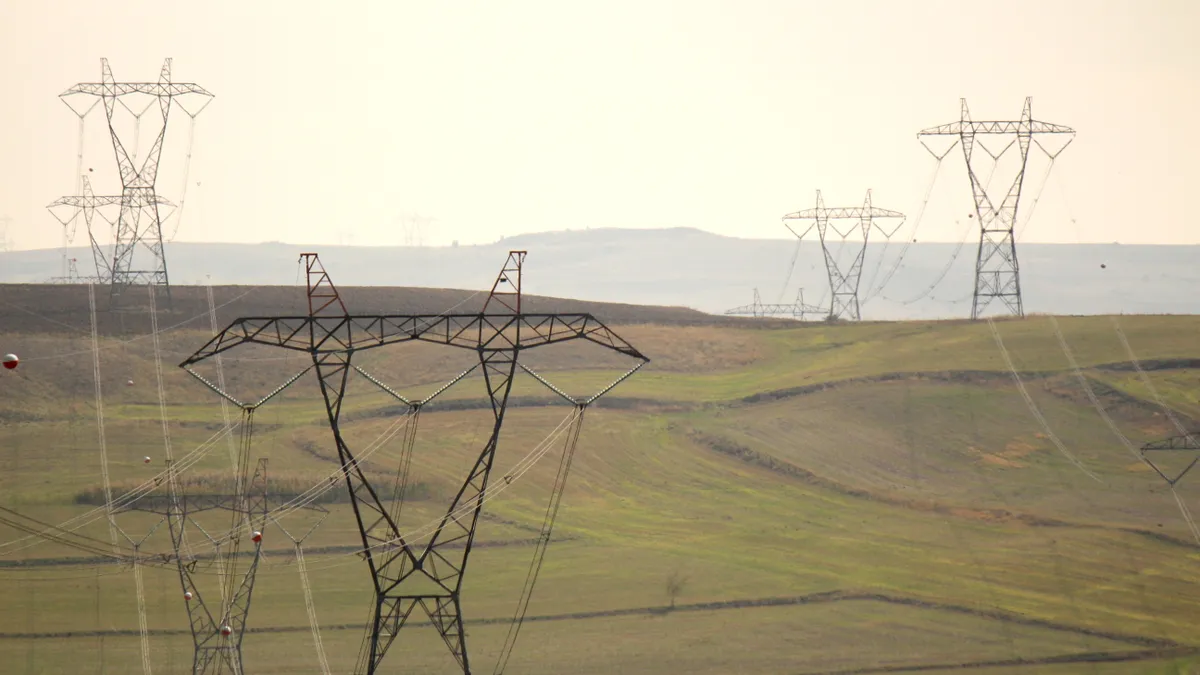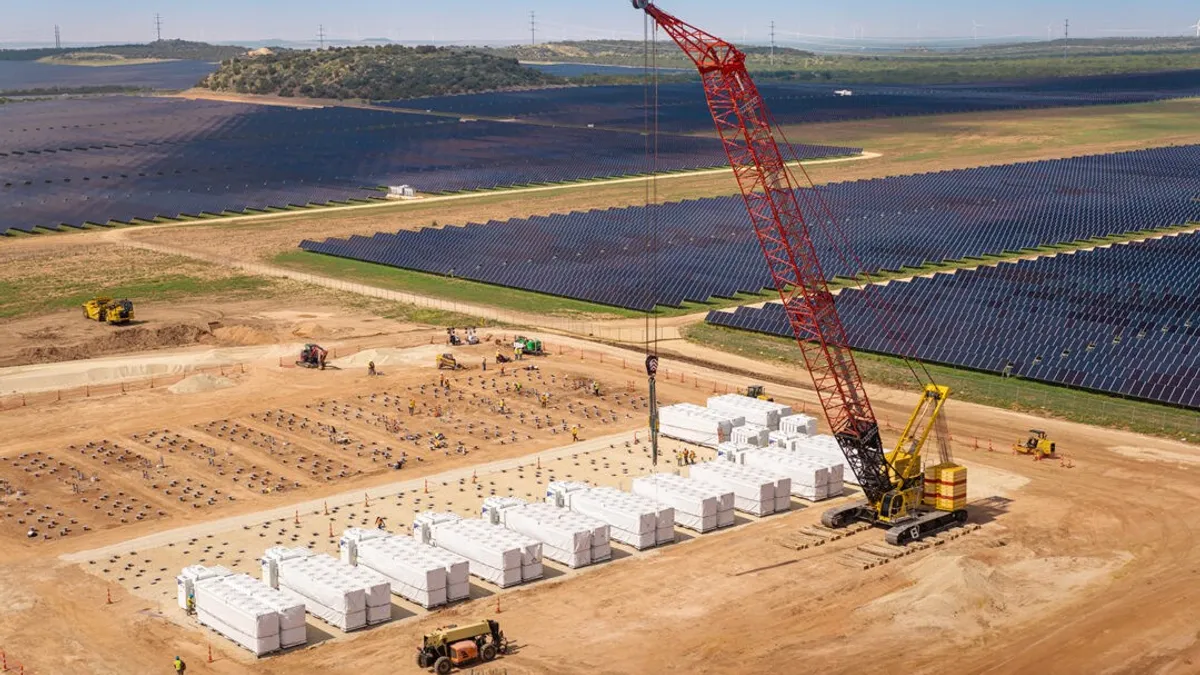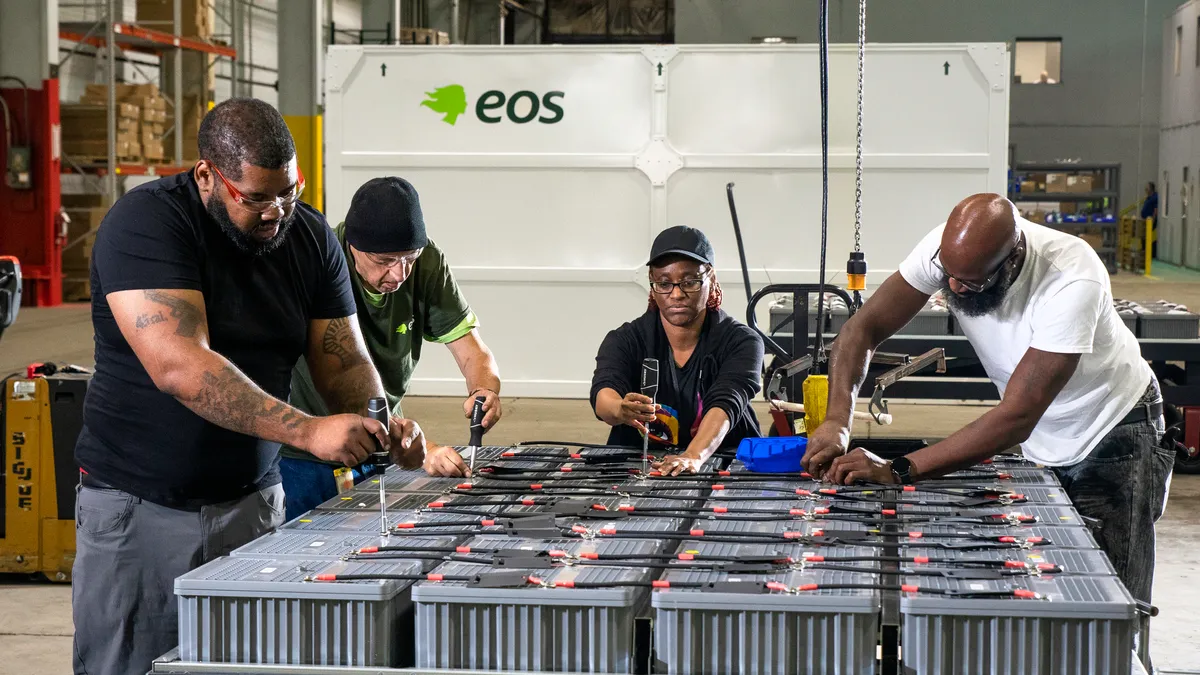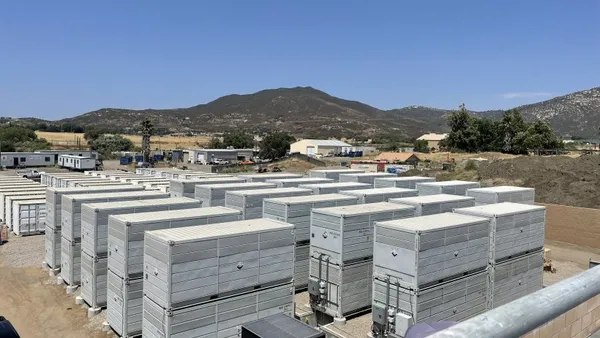Editor's note: The following is a guest post from Anissa Dehamna, a principal research analyst with Navigant Research. If you or one of your colleagues is interested in submitting a viewpoint article, please review these guidelines.
Utilities in North America, Europe, and Asia Pacific have emerged as the top consumers of energy storage for both large, utility-scale storage systems and smaller, distributed storage systems. These consumers include municipal, vertically integrated, and investor-owned utilities (IOUs) and merchant third-party developers.
This interest in energy storage has coincided with successful technology demonstrations and a noticeable decrease in system pricing. Thanks to the volume of energy storage sales in markets such as PJM Interconnection, California, Germany, Italy, Japan, and South Korea, energy storage vendors were able to take advantage of economies of scale.
At the same time, this market activity—the global storage market grew by 64.7% between 2014 and 2015 and 117% in North America over the same period—encouraged new entrants into the market, and pricing became more competitive along the entire value chain.
As a result, utility interest has shifted energy storage out of the innovation department of major utilities and into the commercial business side and the resource planning groups. Although many utilities are still struggling to make a case for energy storage, its value is much clearer today than it was in 2013. Today, the emphasis is on how quickly regulators will catch up to utilities and allow them to fully monetize energy storage systems (ESSs).
Broadly speaking, utilities are developing an understanding of whether storage is a threat or opportunity to businesses and devising strategies to transform perceived threats into opportunities. There are three broad strategies that utilities are using with energy storage:
- The first is an investment strategy, using energy storage to defer upgrades to transmission and distribution (T&D) equipment, improve reliability, and incorporate more flexibility in a system—especially a system with increasing renewables penetration.
- The second is a virtual power plant (VPP)-led model that focuses on distributed energy resources (DER).
- The third is a product strategy focused on developing technical capabilities in energy storage—particularly in controls, software, and solutions —that enable a utility to optimize its own system and offer technical solutions to less sophisticated utilities.
Some utilities are not content with a single strategy and have included elements of two or more different methods. For example, in 2014, SCE had a historic contract of 264 MW of energy storage, including different technologies—utility-scale batteries, BTM resources, and non-battery storage alternatives. Of these 264 MW, 100 MW were in front of meter and 164 MW were smaller, aggregated, and BTM on the customer side.
Since then, SCE has begun to map out available capacity for distributed resources along its grid, among other initiatives. The procurement of energy storage projects aims to assist with decreasing grid congestion, balancing voltage and frequency, and smoothing the integration of renewables on SCE’s grid.
Another example of a utility including elements of more than one strategy is major German utility RWE. The German electric grid anticipates that it will receive 50% of their power needs from renewables in the next 15 years, outpacing the U.S. RWE currently operates a power-to-gas pilot facility that utilizes hydrogen storage to store surplus wind and solar power generation. Given the anticipation of high renewables penetration, the power-to-gas technology makes it possible for them to respond immediately to fluctuating volumes of incoming power.The hydrogen is pumped into the natural gas grid at very low levels—the typical limit on hydrogen in the natural gas grid is up to 2%.
In addition, RWE offers its residential and commercial customers different types of battery home storage solutions, which the customer can combine with their PV systems to reduce their electricity bills. This offering helps RWE take advantage of the demand for load reduction or the trend of load defection particularly prevalent in Germany and other European countries.
By selling the solutions to help customers reduce energy demand, RWE is turning a threat—load reduction—into an opportunity (a sale of a solution). The utility could take this strategy even further by aggregating these distributed storage and PV systems into a VPP. In this way, RWE would be able to use the distributed systems to manage the grid and offer payments for its customers using a single utility bill.
Investment deferral is a low-risk strategy for utilities; this type of storage is straightforward to rate-base but still typically requires a case-by-case review of individual projects, which is a resource-intensive process. However, the investment deferral strategy does involve technology risk.
Therefore, utilities must contract competitive warranties and terms, select well-reputed vendors, and work with experienced developers and integrators. In order to displace some of this risk, utilities may choose to buy components and build ESSs themselves. Although building ESSs is not within the technical skillset of most utilities currently, it may be practical for larger IOUs with extensive ESS experience.
The risks of the VPP-led strategy for utilities include vendor selection, alienating customers, and regulatory risk. Utilities using this model do not have the hardware or software expertise to successfully deploy the strategy. Thus, they must select vendors capable of successfully delivering and installing hardware and software. These vendors must also have aggregation capabilities that can be controlled remotely by the utility.
The VPP-led strategy can be a boon for utilities seeking to expand customer offerings, improve reliability, and be seen as innovative in the eyes of end users. However, utilities using this strategy should be wary of alienating customers via poor execution, delaying installations, or not delivering promised savings or benefits.
This risk makes the choice of vendor particularly important, because ESSs distributed by utilities will be co-branded or associated with the utility; customers will expect that the utility thoroughly vetted and tested each system being offered. Any issues arising from hardware risks the utility’s brand.
One example of a utility using the VPP-led strategy is Powerstream. PowerStream is piloting a VPP with 20 residential customers within its service territory, using solar-storage technology that includes a 5 kW solar array, 11.4 kWh Li-ion battery, 6.8 kW inverter, bidirectional meter, and remote access to an energy management system, as well as installation and maintenance services. Pilot participants are required to pay an upfront cost to cover part of the installation, in addition to a monthly service fee over a 5-year period. PowerStream’s pilot seeks to improve grid reliability and resilience by enabling customers to reduce their energy consumption from the grid and manage their energy use.
Finally, a challenge of this strategy for all utilities will be working with regulators and other stakeholders to enable regulatory changes that allow a utility to monetize benefits across the grid system using a VPP. Currently, there is no VPP asset class in any of the major geographic markets for energy storage. Regulations around VPPs will define VPPs, who can own and operate them, and how these assets can make money. By pushing regulators to allow monetization of VPPs, utilities may open the door to third-party developers also looking to build VPPs that will compete with utility-driven VPPs.
The emerging solution-oriented energy storage strategy for utilities is focused on developing much greater technical expertise in energy storage than is typical for a utility. In some cases, this is done so that a utility can offer a hardware or software solution to other utilities.
The solution-oriented energy storage strategy is rare and best suited for utilities with robust R&D budgets and a willingness to develop technical expertise in-house as opposed to contracting technical work to third parties. Utilities rarely compete with one another because many electric utilities are monopolies. Investments are rate-based with a guaranteed rate of return; this makes investing heavily in R&D less attractive to utilities compared to other industries.
The drawback of this strategy is that it requires heavy investment in emerging technologies and internal R&D. Since this strategy is still developing, the risks are not yet clear.
All told, in 2014 and 2015, utilities worldwide deployed an estimated 124.3 MW of energy storage capacity, which accounts for about 23% of all systems deployed during that time period. Looking ahead, nearly 9,000 MW of new utility-owned energy storage capacity is expected to be deployed by 2020. Although energy storage—particularly distributed storage—may still grow absent utility participation, it’s clear that utilities are in a position to shape the storage market to their benefit, the benefit of the system, and the benefit of the ratepayer.


